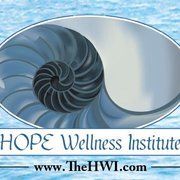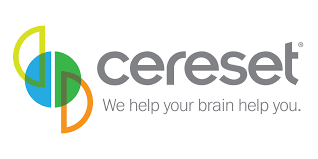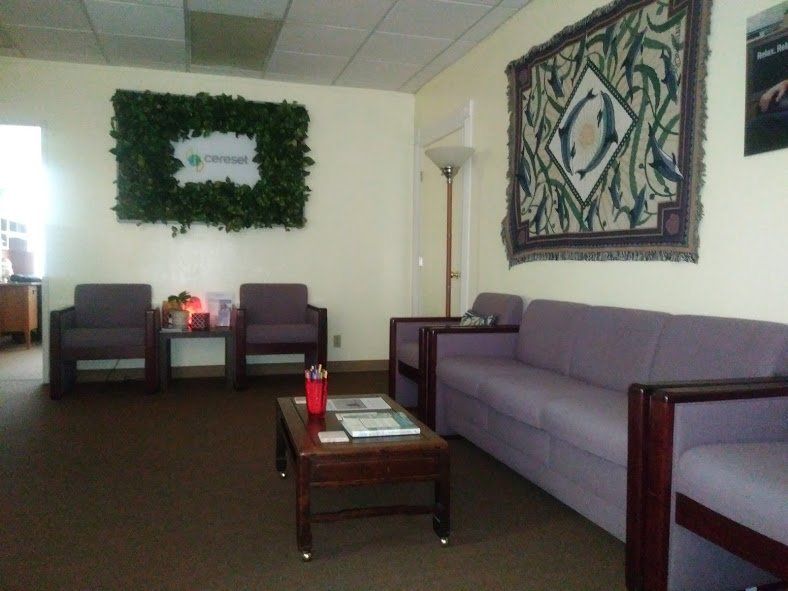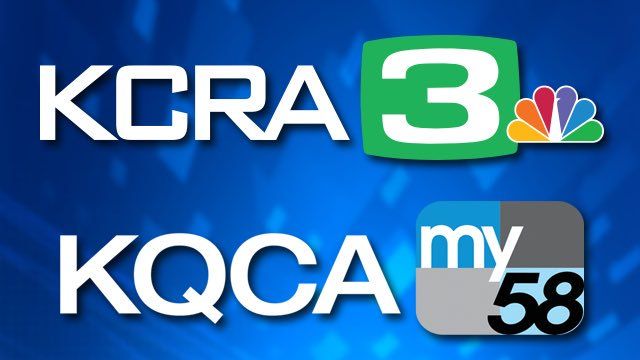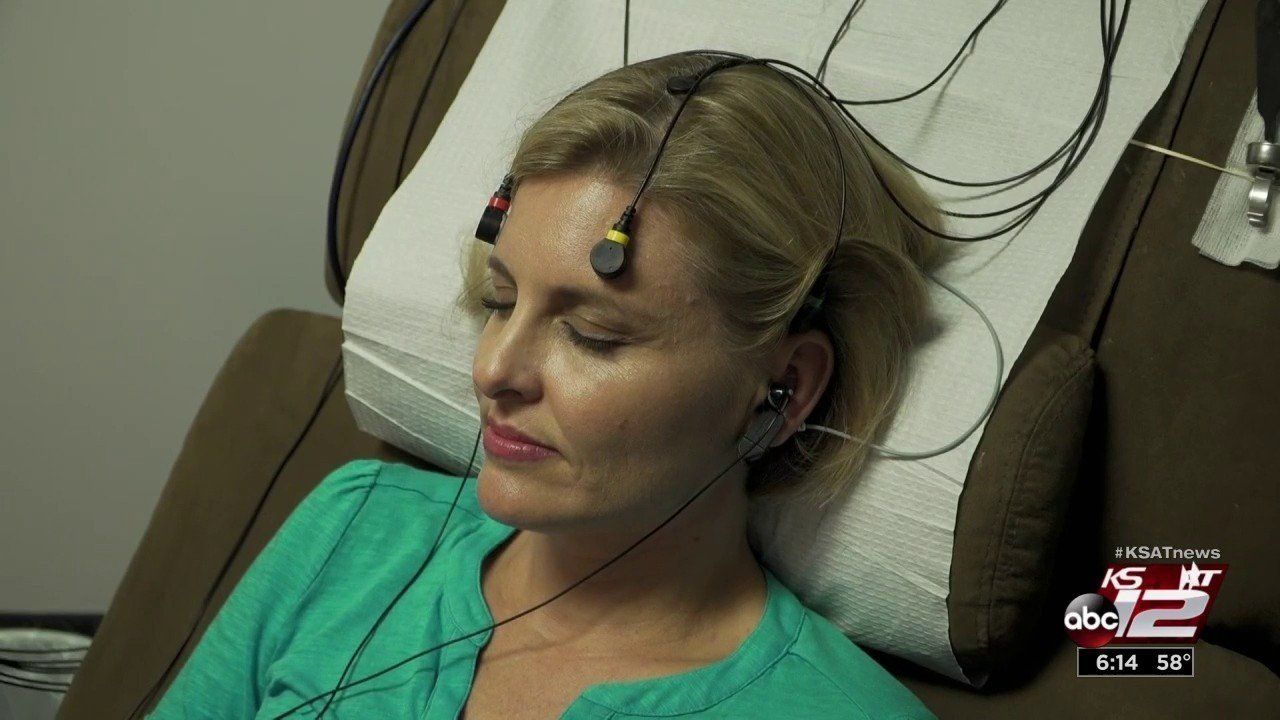Kinds of Sleep
Light Sleep
accounts for about half our sleep each night. Resting and recharging of muscles in athletes occurs esp. in the first half of a nights sleep. I haven't seen literature but it may be occurring during this phase of sleep.
Deep Sleep
In Deep sleep, the brain cells shrink to about half normal size making more space between them. Slow waves pass through the brain causing the "trash" from the day's hard work to flow though the blood vessel mesh that provides nutrition during the day and now absorbs the waste moving it for reuse or elimination.
Deep sleep varies as both a % and an absolute number.
REM Sleep
or Rapid Eye Movement sleep is currently understood as where the brain is transferring memories of the previous day from short term to long term memory. Then the short term memory is cleared and available for tomorrow. Dreams occur during REM Sleep. Are they part of this process or another or both? In preparing for REM sleep, the brain reduces (to close to 0) the level of several neurotransmitters. The eyes are not affected which is why they move (hence Rapid Eye Movement) and the rest of the body remains still.
We can see where disturbed sleep not allowing memories to transfer would have a significant affect on memory.
Sleep Information
To make this make sense I have to assume a schedule of the day. I assume Wake up 6:00 am and go to bed 10:00 pm.
When your schedule is different, there are some elements that are light/ dark (day / night) dependent (like melatonin) and there are others that can be slid to match your schedule.
Sleep Cycles occur when the brain passes through each of these sleep phases. The first cycle is usually 90 to 120 minutes with subsequent ones getting a little shorter.
Accuracy of information -
When going to a clinic or lab the data is estimated to be roughly 85% accurate.
When using a personal tracker (watch or ring) the data is probably closer to 70%. The point here is to not take it as gospel but also to recognize that personal trackers let you observe more closely over a period of time and better understand how your brain and body respond to the events and substances in your life. They often let you see changes occurring before you otherwise are aware of them from becoming sick to improving sleep markers.
Sleep Markers
Body temperature adjusts during our day and in preparation for, through and coming out of sleep. Using a sleep device to track body temperature gives you a picture of how your brain is managing this aspect of sleep.
The minimum is usually approximately 2hours before waking.
Heart rate adjusts during our day and in preparation for, through and coming out of sleep. Using a sleep device to track body temperature gives you a picture of how your brain is managing this aspect of sleep.
Heart rate generally slows through the night but things like alcohol can affect this.
Heart Rate Variability is the measure of how much dynamic capacity to respond to changes the brain and body have. The brain's ability to respond to the changing sleep states is part of maximizing the quality of sleep and is often experienced as waking up refreshed, recharged and ready to go.
Stress hormone levels - these are typically tracked over a 24 hour period. Generally starting to rise in the middle of sleep 2-4 am and peaking within a couple hours of rising to a morning peak a couple hours after awakening, then declining during the day til tomorrow early morning.
Peaks later in the day esp evening are indicative of difficulty falling asleep.
Melatonin begins being released naturally as it gets dark (artificial light inhibits this) and continues being released until about 2 am. It begins falling as stress hormones rise. This pattern being smooth leads to staying asleep and waking smoothly on time.
Heart Rate Variability is the measure of how much dynamic capacity to respond to changes the brain and body have. The brain's ability to respond to the changing sleep states is part of maximizing the quality of sleep and is often experienced as waking up refreshed, recharged and ready to go.
Sleep Support
There are a lot of people with suggestions of "do this and/ or do that" to improve sleep. Most are rooted in good sleep hygine practices and most of the people that find me have already tried most if not all of them. If you are still here, bandaids didn't work.
Lets dig deeper. Why sleep?
To rebuild what we wore out, store and organize what we learned, remove the used parts, and recharge our batteries.
So, below are the ways we can use our minds and bodies each day.
When you are "exhausted" which one(s) are exhausted?
Which ones haven't been used?
How do you need to restructure your day to be fully tired and not exhausted?
Engagement Types
- Physical - working our muscles including our hearts
- Movement is important. Steve Jobs would hold meetings while he walked around his neighborhood.
- Activating your heart rate regularly to aerobic levels produces many positive outcomes.
- When we aren't using our muscles for activity, all that is left is to hold the tension of stress
- Mental -
- Schedule focused thinking about one important thing uninterupted for each of your most productive 2 hours each day
- When something off topic to your current focus interupts, write it down on a note pad and add note pad items when you schedule your time.
- Sensory - attention to and exploration of our sensory input.
- Creative - occurs in unstructured time where we let our minds wander and freely associate.
- Emotional - Life is a rollercoaster of emotions
- Experience each fully
- Robustness to release and explore the next
- Social
- Spiritual - connecting with the power and energy of the universe
- Pondering unanswerable questions
- Am I fulfilling my purpose in life?
Engagement Support
Designing activities and thought patterns into our day to support the full range of capacities we have.
Choosing what to put on autopilot and where to put our attention throughout the day. Exploring each habit occasionally to see how our needs have evolved and where we need to adjust our habits.
Where do you need Rest
Where are you exhausted?
Where haven't you even touched?
What is the issue I'm having with sleep?
Is it arising because I am doing too much of something and too little of something else?
Rest Types
In addition to sleep, here are ways to support rest and healing:
- Physical
- Stretching
- Yoga
- Massage
- Mental
- Structure short unstructured break time with/ in focused time. Don't work through the breaks
- Sensory
- Time away from the glitz of screens
- Time exploring in nature - a spider web, ants, flower growing from a crack in the pavement, leaves rustling in the wind . . .
- Creative
- Emotional
- Social
- Spiritual

